Data Structures and Algorithms in Java
* This newest edition examines fundamental data structures by following a consistent object-oriented framework that builds intuition and analysis skills of data structures and algorithms\ * Presents new figures, simpler language, and more practical motivations from real-world scenarios\ * Numerous illustrations, Web-based animations, and simplified mathematical analyses help readers quickly learn important concepts
Search in google:
Fundamental data structures in a consistent object-oriented framework Now revised to reflect the innovations of Java 5.0, Goodrich and Tamassia’s Fourth Edition of Data Structures and Algorithms in Java continues to offer accessible coverage of fundamental data structures, using a consistent object-oriented framework. The authors provide intuition, description, and analysis of fundamental data structures and algorithms. Numerous illustrations, web-based animations, and simplified mathematical analyses justify important analytical concepts. Key Features of the Fourth Edition:Updates to Java 5.0 include new sections on generics and other Java 5.0 features, and revised code fragments, examples, and case studies to conform to Java 5.0.Hundreds of exercises, including many that are new to this edition, promote creativity and help readers learn how to think like programmers and reinforce important concepts.New case studies illustrate topics such as web browsers, board games, and encryption.A new early chapter covers Arrays, Linked Lists, and Recursion.A new final chapter on Memory covers memory management and external memory data structures and algorithms.Java code examples are used extensively, with source code provided on the website.Online animations and effective in-text art illustrate data structures and algorithms in a clear, visual manner. Access additional resources on the web www.wiley.com/college/goodrich):Java source code for all examples in the bookAnimationsLibrary (net.datastructures) of Java constructs used in the bookProblems database and search engineStudent hints to all exercises in the bookInstructor resources, including solutions to selected exercisesLecture slides Booknews This text for a freshman-sophomore level (CS2) course introduces data structures and algorithms, including their design, analysis, and implementation. It incorporates the object-oriented design paradigm, using Java as the implementation language. Goodrich (computer science, Johns Hopkins U.) and Tamassia (computer science, Brown U.) explain the use of stacks, queues, deques, vectors, lists, sequences, trees, dictionaries, sorting, sets, selection, text processing, and graphs. Concepts in the text are further explained with illustrations, web- based animations, and simplified mathematical analyses. Readers should be somewhat familiar with a high level programming language. Included in the first edition, but absent from the second edition is material more suitable for a junior-senior level (CS7) course. Annotation c. Book News, Inc., Portland, OR (booknews.com)
1Java programming basics12Object-oriented design573Arrays, linked lists, and recursion954Analysis tools1535Stacks and queues1876Lists and iterators2217Trees2658Priority queues3199Maps and dictionaries36710Search trees41711Sorting, sets, and selection48712Text processing53913Graphs57914Memory649
\ BooknewsThis text for a freshman-sophomore level (CS2) course introduces data structures and algorithms, including their design, analysis, and implementation. It incorporates the object-oriented design paradigm, using Java as the implementation language. Goodrich (computer science, Johns Hopkins U.) and Tamassia (computer science, Brown U.) explain the use of stacks, queues, deques, vectors, lists, sequences, trees, dictionaries, sorting, sets, selection, text processing, and graphs. Concepts in the text are further explained with illustrations, web- based animations, and simplified mathematical analyses. Readers should be somewhat familiar with a high level programming language. Included in the first edition, but absent from the second edition is material more suitable for a junior-senior level (CS7) course. Annotation c. Book News, Inc., Portland, OR (booknews.com)\ \
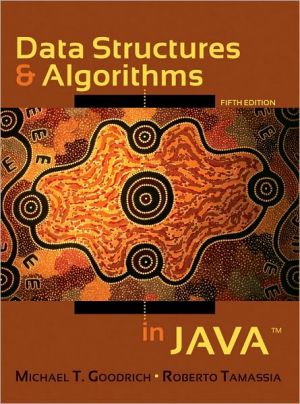
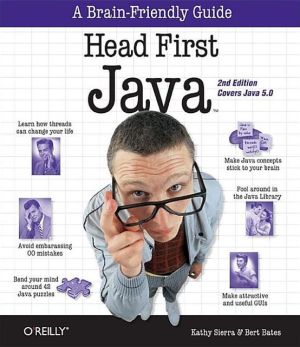
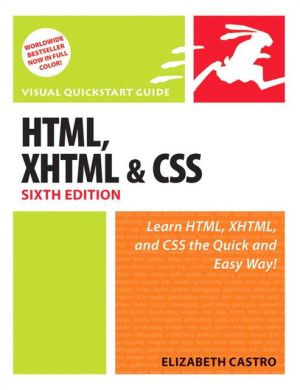
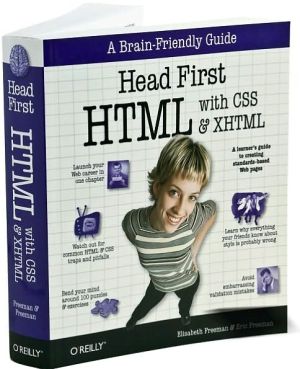
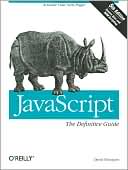

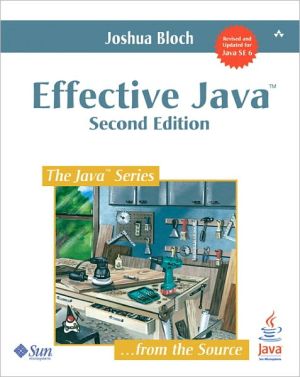
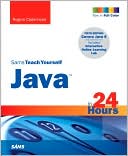
![Java How to Program: Early Objects Version [With CDROM] Java How to Program: Early Objects Version [With CDROM]](/application/data/covers/30/64/9780136053064.jpg)